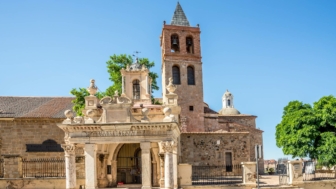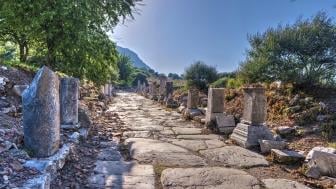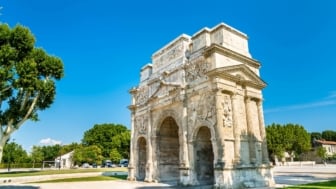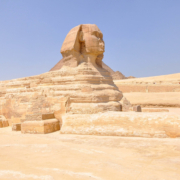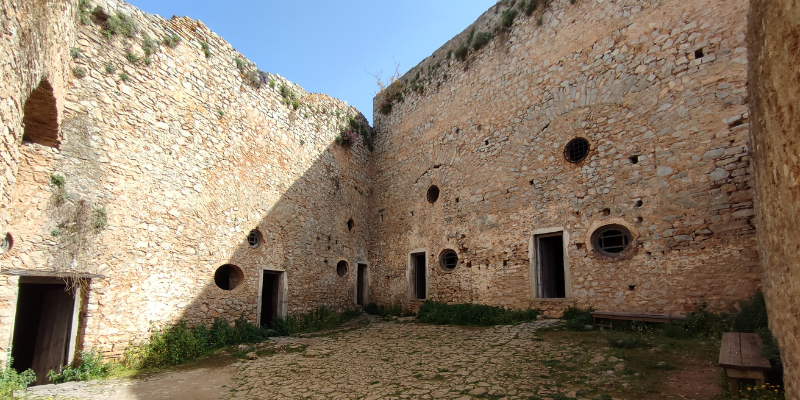Nafplion held great significance for the Venetians. The once-powerful maritime empire faced formidable challenges from the Ottoman armies, making protecting their Aegean colonies daunting. Rising to a height of 216 meters (almost 710 feet), the Palamidi hill naturally became a strategic location for fortifications to defend the town.
The fortress’s name derives from Palamedes, the son of Nauplius, who joined the Greek expedition against Troy. He famously exposed Odysseus’s feigned madness by placing his son in front of a plow, a scheme that Odysseus never forgave. Odysseus later framed Palamedes, leading to his death by stoning.
Constructed during the Venetian occupation in the early 19th century, Palamidi Fortress boasts eight self-contained bastions to ensure continued defense even if one was breached. This design made it significantly more defensible than the older fortifications on the lower hill of Acronauplia. Given its strategic importance, any ruler of Nafplion would naturally fortify the top of Palamidi.
The Bastions of Palamidi
Epameinondas Bastion:
The bastion names are conventional and date back to the modern period, honoring various Greek military leaders and Philhellenes. Previously, the Venetians had named them after various saints, and the Ottomans also renamed the bastions following the conquest of Nafplion in 1715.
Miltiades Bastion:
The largest and most vital bastion, with walls rising 22 meters (72 feet). Its cannons could fire over the outer wall, and defenders used muskets against enemies approaching from the south. This bastion is renowned for another unique reason.
Leonidas Bastion:
Home to two large cisterns, accessible either from the ground level or via a stone winding staircase near the battlement, offering a glimpse into the life of a Venetian soldier.
Saint Andrew Bastion:
Palamidi fell to the Greeks on Saint Andrew’s feast day, November 30. The church was renamed in his honor, and the feast day is still celebrated.
Robert Bastion:
Tradition speaks of 999 steps connecting Nafplion to Palamidi. While there are only 857 steps to the entrance, climbing to the highest point totals over 1000 steps.
Themistocles Bastion:
The Venetians considered it crucial because it was positioned to protect the castle’s weakest point with artillery fire directed at the access road outside the main gate.
Achilles Bastion:
Known originally as “Berena á Prete” (Priest’s Cap) due to its bonnet-like design from above and named after the legendary warrior Achilles, whose only vulnerability was his heel.
Phocion Bastion:
Built post-Ottoman conquest, it’s almost hidden door leads to a beautiful stone cistern with old water levels visible. The poorly maintained path makes it hard to find the far end of the walls.
Palamidi Fortress stands as a testament to Nafplion’s rich history and strategic importance through various eras of occupation and defense.

































